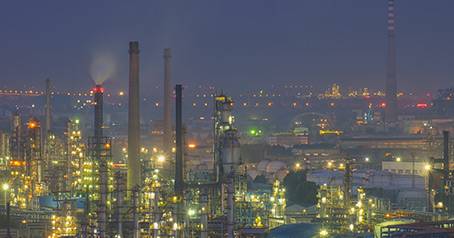Dhj . 29, 2024 03:46 Back to list
hdpe gas pipe
Understanding HDPE Gas Pipes A Comprehensive Overview
High-Density Polyethylene (HDPE) gas pipes have become increasingly popular in the gas distribution industry due to their distinctive properties and benefits. This innovative material provides a durable and efficient solution for transporting natural gas and other gases. In this article, we will explore the key features of HDPE gas pipes, their applications, advantages, and considerations for their use.
HDPE is a thermoplastic polymer made from petroleum. Its high strength-to-density ratio makes it an excellent material for piping systems. HDPE gas pipes are manufactured through an extrusion process, creating a smooth and seamless pipe that is resistant to leaks. This type of pipe is designed to withstand the pressures associated with gas distribution systems and is available in various diameters and thicknesses to suit specific requirements.
One of the most significant advantages of HDPE gas pipes is their resistance to corrosion. Unlike traditional metal pipes, which can be susceptible to rust and degradation over time, HDPE pipes maintain their integrity even when exposed to harsh environmental conditions. This resistance extends the lifespan of the piping system, reducing maintenance costs and the need for frequent replacements.
Another notable aspect of HDPE gas pipes is their flexibility. This property allows for easier installation, especially in challenging terrains or when dealing with existing infrastructure. The flexibility of HDPE facilitates bending and maneuvering around obstacles, making it ideal for residential, commercial, and industrial applications.
hdpe gas pipe

Moreover, HDPE gas pipes are lightweight compared to their metal counterparts, making them easier to transport and handle. This lightweight nature not only reduces transportation costs but also minimizes labor requirements during installation. Essential tools for working with HDPE pipes are also relatively simple, which contributes to the efficiency of the installation process.
In terms of safety, HDPE gas pipes are designed to withstand high pressures without compromising integrity. They are also less likely to crack or fail under extreme temperature fluctuations, making them a reliable choice for gas distribution. Additionally, many HDPE pipe products are manufactured in compliance with rigorous safety standards and regulations, ensuring that they are suitable for use in sensitive environments.
While HDPE gas pipes present numerous advantages, there are some considerations to keep in mind when choosing this material. One of the primary concerns is the potential for UV degradation if the pipes are exposed to sunlight over extended periods. However, this challenge can be mitigated by using UV-resistant coatings or burying the pipes underground. Moreover, proper jointing techniques and adherence to installation guidelines are critical to maintaining the performance and longevity of the piping system.
In conclusion, HDPE gas pipes offer a modern alternate material for gas distribution networks, providing durability, flexibility, and resistance to corrosion. Their lightweight nature and ease of installation make them an attractive option for various applications. As the demand for efficient gas transportation continues to grow, HDPE gas pipes are likely to play a crucial role in the evolution of gas infrastructure. When considering the materials for gas distribution, HDPE proves to be a reliable and sustainable choice, embodying the principles of modern engineering and environmental responsibility.
-
Premium PVC Transparent Pipe: Durable & Clear Solutions
NewsJul.31,2025
-
High-Quality UPVC Electrical Pipe for Safe Wiring Solutions
NewsJul.30,2025
-
Premium PVC Pipe Fitting Supplier – Durable & Leak-Proof Solutions
NewsJul.30,2025
-
High-Gloss PVC Rigid Sheet for Durable & Smooth Surfaces | Wholesale Supply
NewsJul.29,2025
-
High Quality PVC Soft Sheet for Flexible and Durable Applications
NewsJul.29,2025
-
High-Quality PPR Pipe for Plumbing Systems - Durable & Leak-Proof
NewsJul.29,2025

